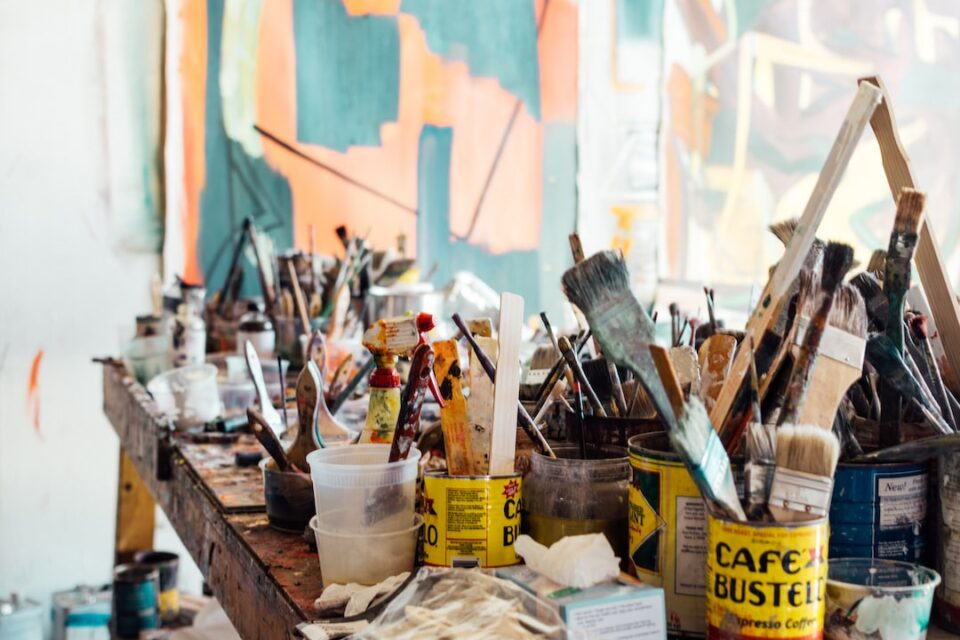Public sculptures have long been a part of the urban landscape, enhancing the beauty of cities and communities in immeasurable ways. These artistic masterpieces have the power to transform ordinary spaces into extraordinary cultural destinations, captivating the imagination and fostering a sense of pride among residents.
One cannot deny the allure of a well-designed public sculpture standing tall in the midst of a bustling city. They provide a refreshing break from the monotony of concrete and steel structures, injecting a sense of creativity and character into the surroundings. Whether it be a sculpture representing a historical event, a famous person, or an abstract piece, each one has a unique story to tell and becomes a symbol of identity for the community.
One of the most remarkable aspects of public sculptures is their ability to create a sense of place. They have the power to turn an ordinary street corner into a landmark, making it instantly recognizable and adding a touch of charm to the overall urban experience. Residents and visitors often use these sculptures as meeting points or reference points when navigating through a city, strengthening the bond between the artwork and the community.
Moreover, public sculptures have the potential to reshape the perception of a city both locally and internationally. Cities renowned for their art installations, such as London, Paris, and Barcelona, attract millions of tourists each year who come to witness the beauty and cultural richness exuded by these sculptures. The presence of iconic artworks not only boosts tourism but also contributes to improving the socioeconomic conditions of the local community by generating revenue and employment opportunities.
Public sculptures also have a profound impact on community cohesion and social interaction. They act as a catalyst for dialogue and engagement among residents, encouraging them to come together and share their thoughts and emotions. In many cases, sculptures become a backdrop for public gatherings, providing a space for people to express themselves or simply enjoy the company of others. This sense of unity and belonging fosters a stronger bond within the community, leading to a more harmonious and vibrant society.
In addition to their social and cultural benefits, public sculptures also play a significant role in promoting environmental sustainability. Many of these artworks are made from recycled materials or utilize renewable energy sources, serving as a reminder of the need to protect our planet. These sustainable sculptures not only captivate the audience with their artistic brilliance but also exemplify the harmonious coexistence of art and nature.
The value of public sculptures extends beyond their aesthetic appeal. They have the potential to inspire and educate, serving as powerful tools for storytelling and historical preservation. By commemorating a notable event or individual, sculptures allow future generations to connect with their heritage and learn about the struggles and triumphs of those who came before them. Through these artistic creations, history is not only preserved but also brought to life, empowering communities to forge a brighter future.
In conclusion, public sculptures are essential elements in transforming cities and communities. They possess the power to enhance beauty, foster unity, promote tourism, and contribute to environmental sustainability. These masterpieces serve as symbols of identity and heritage, inspiring residents, and visitors alike. As cities continue to evolve and grow, public sculptures will undoubtedly continue to play a significant role in shaping the cultural fabric and enriching the lives of those who encounter them.


